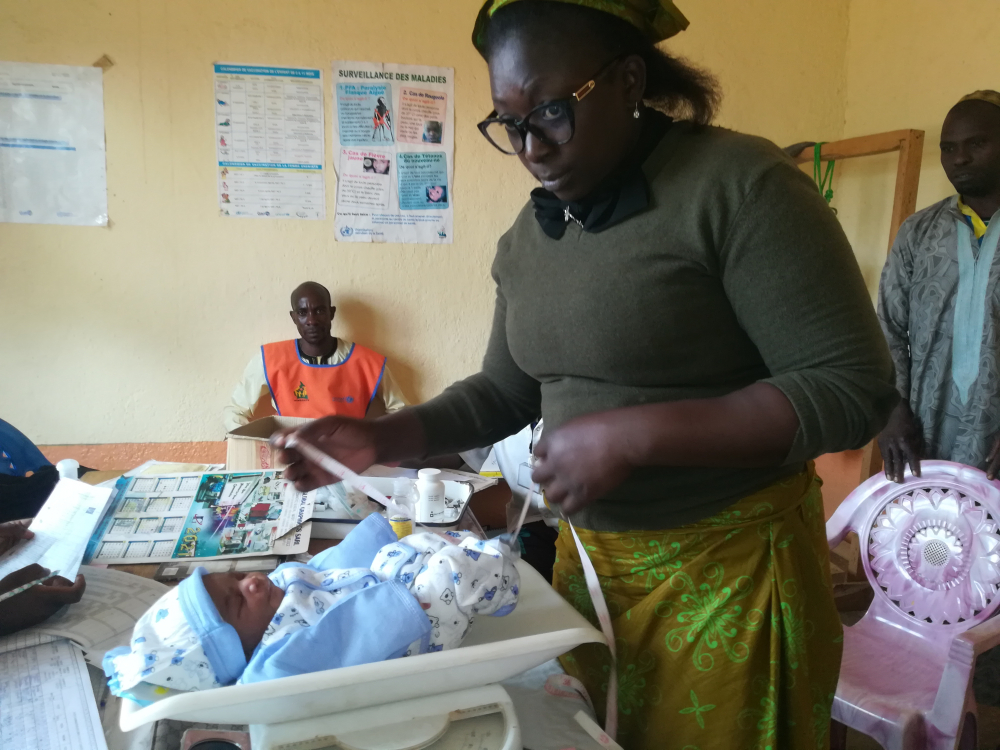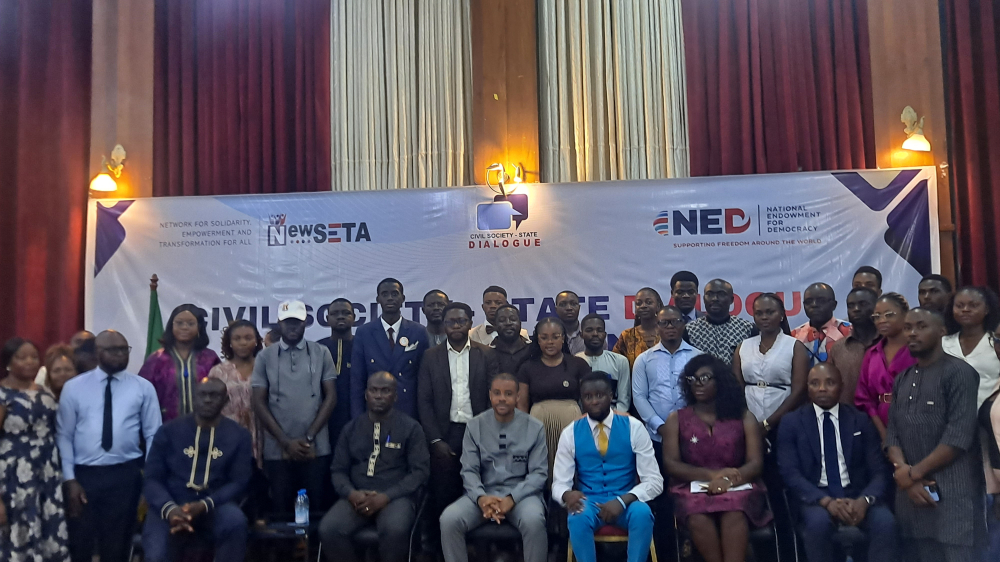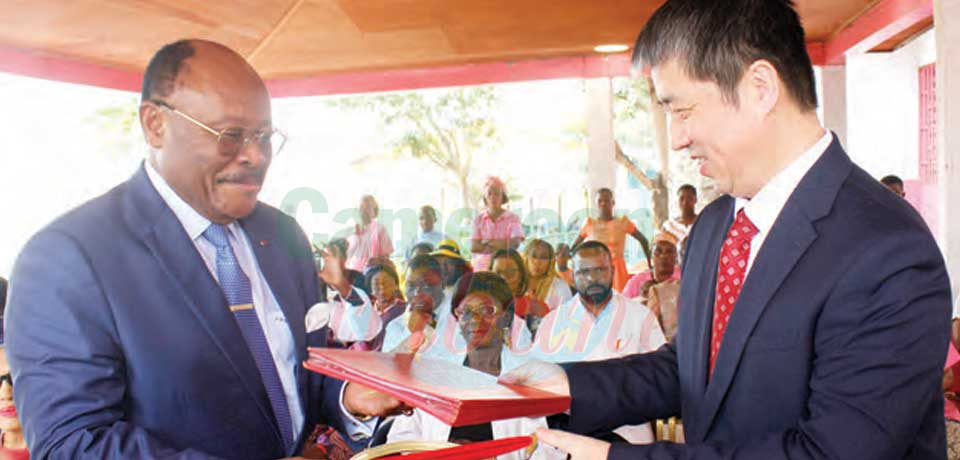Maternal, Newborn, Infant Health: Considerable Improvements In Past Three Years
- Par Kimeng Hilton
- 30 Aug 2021 17:20
- 0 Likes

This follows the rollout in Cameroon of the Islamic Development Bank, IsDB-funded Maternal, Newborn and Infant Health Support Project, MNIHSP. Implemented with the technical backup of the United Nations Children’s Fund, UNICEF and the United Nations Popul
“In 1998, maternal mortality in Cameroon stood at 430 deaths per 100,000 live births. In 2004, maternal mortality was 669 deaths per 100,000 live births. And in 2011, maternal mortality had risen to 782 deaths per 100,000 live births. As you can see, the situation kept growing worse,” recalls Dr Ernest Essomba Essomba, Head of Planning, Monitoring and Evaluation Section of the National Multisector Programme for Combatting Maternal and Child Mortality in Cameroon, PLMI.
The programme manages the Maternal, Newborn and Infant Health Support Project, MNIHSP. Of which Dr Essomba is Public Health Specialist. According to him, other indicators showed that care for maternal, newborn and infant cases was not good. As seen, for example, in the low rates of prenatal cover and health facility-assisted births.
The 2018 Demographic and Health Survey shows that maternal mortality improved significantly, having been curbed by 40 per cent to 406 deaths per 100,000 live births. Though, still high, Dr Ernest Essomba warns. Likewise, newborn-infant mortality also fell considerably, though of concern, he notes.
Faced with this gloomy outlook, Cameroon solicited and secured funding from 2018-2021from the Islamic Development Bank, IsDB for MNIHSP. Implemented by the Ministry of Public Health, MINSANTE, the project receives the technical backup of the United Nations Population Fund, UNFPA and the United Nations Children’s Fund, UNICEF. It covers 35 health districts in five vulnerable regions - the Far North, North, Adamawa, East and Centre.
Concerning maternal and newborn-infant mortality rates three years after the start of the Maternal, Newborn, Infant Health Support Project, Dr Essomba says formal evaluation is yet to be carried out. “We cannot appreciate the MNIHSP project for now, especially as the Demographic and Health Survey is carried out after 7 years,” he points out.
“Nevertheless, a quick look at indicators and facts reveals that there have been considerable improvements. For example, the rate of consultations in health facilities has risen; the rate of deliveries by qualified health personnel has gone up; while child vaccination rate is also high,” Dr Essomba reveals. “We believe the improvements are quite noticeable, though the rates remain high and fall below the objectives of Sustainable Development Goals,” he clarifies.
Cet article complet est réservé aux abonnés
Déjà abonné ? Identifiez-vous >
Accédez en illimité à Cameroon Tribune Digital à partir de 26250 FCFA
Je M'abonne1 minute suffit pour vous abonner à Cameroon Tribune Digital !
- Votre numéro spécial cameroon-tribune en version numérique
- Des encarts
- Des appels d'offres exclusives
- D'avant-première (accès 24h avant la publication)
- Des éditions consultables sur tous supports (smartphone, tablettes, PC)














Commentaires